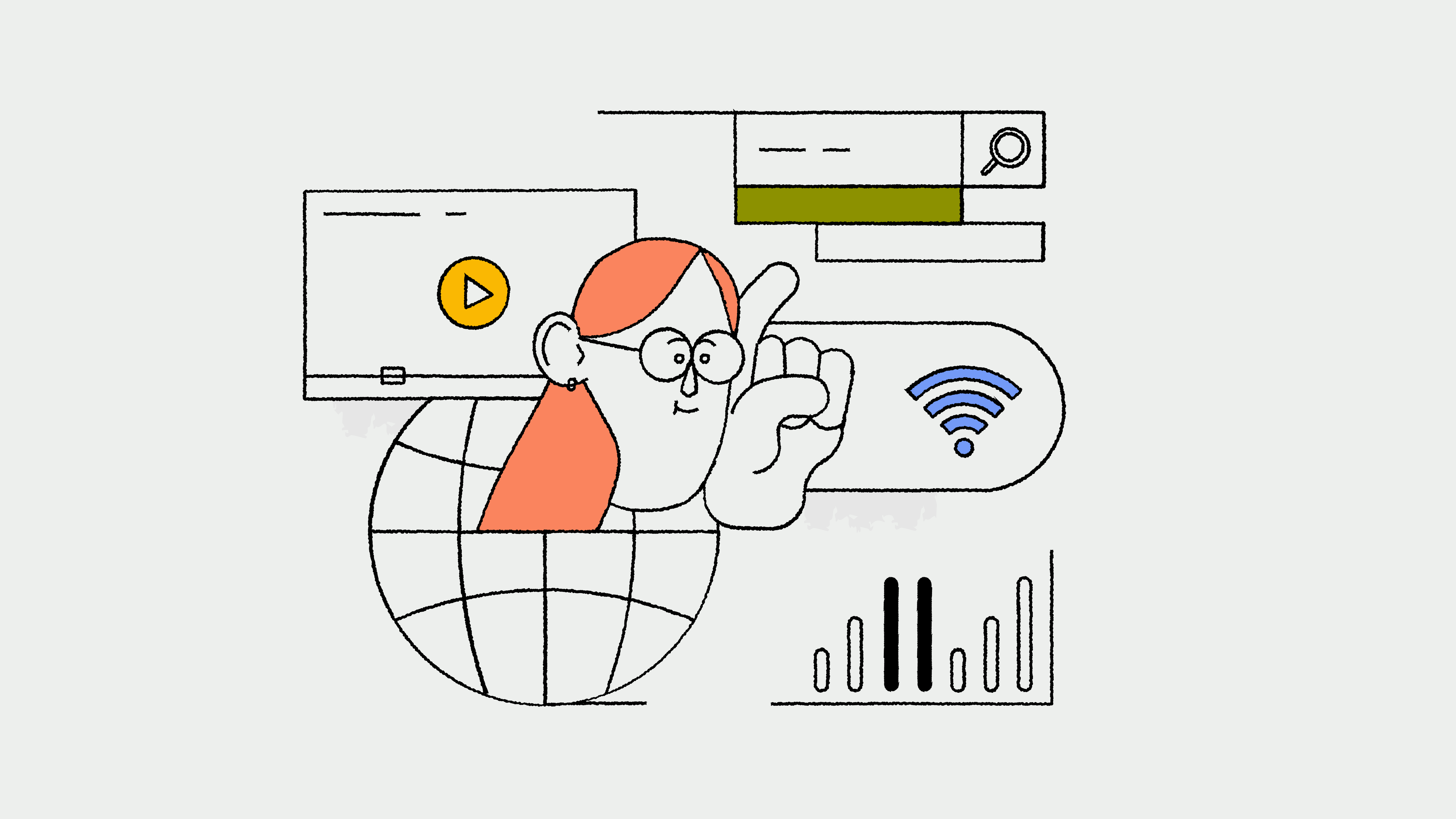Will Web3.0 fulfil its potential?

NEVERBLAND®
20.12.2021

In 1996 John Perry Barlow, a US tech philosopher (and Grateful Dead lyricist), penned an open letter, A Declaration of the Independence of Cyberspace. The treatise was directed at governments around the world, calling on them not to inflict their power structures on the newly flowering digital frontier. “We will create a civilization of the Mind in Cyberspace,” reads the closing line. “May it be more humane and fair than the world your governments have made before.”
Like many of his peers, Barlow had lofty hopes for the internet. It was posed that the web might become a tool for equality and social justice. It could democratise information, create a new middle class and allow millions to earn a living through their own creativity. While some might argue that Web 2.0 has done these things, it’s done other stuff too. Such as minting big tech billionaires, leading to the formation of a gig-working underclass and fuelling a culture war. This might be the reason so many are directing their attention towards the next version of the internet: Web3. Are we about to experience an iteration more in line with Barlow’s vision?
The answer, as always, depends on who you ask. Web3 has been labelled as a marketing term for a load of tech that has existed for years – blockchain, crypto and decentralised apps (DAPPS). Stephen Diehl, a UK engineer thinks the term is simply a re-brand. Writing on his blog Diehl complains that at “its core core, web3 is a vapid marketing campaign, that attempts to reframe the public’s negative associations of crypto assets into a false narrative about disruption of legacy tech company hegemony.”
But the more optimistic draw attention to the potential of such technologies to reduce the power and influence of big tech in real terms. Although the decentralised internet is a long way from maturing to the level where it renders Facebook, Google or Amazon obsolete. Atul Ajoy, partner at Horseshoe Capital, a crypto investment firm told TechCrunch that today’s internet, “Web 2.0, is largely controlled by centralised players who capture much of the monetary value created on the internet. Web3 replaces these centralised players with decentralised networks that distribute the value to developers, creators and users…”
The biggest challenge of the decentralised web, is stopping it from centralising. Will major players in the space be willing to cede power, influence and cash to the crowd? Perhaps not. For instance, Brian Armstrong, CEO of crypto brand Coinbase last week published a blog post defining his company’s vision for the metaverse – helping users manage their identities here with avatars and NFTs. Such a move could see the company occupy a similar role in Web3 as Facebook did in Web 2.0, becoming a portal to a raft of other services in the new digital frontier.
Another small group of hegemonic companies dominating creativity, consumption and value in the next decade is a far cry from Barlow’s vision. Here’s hoping that where the web is concerned, the third time’s a charm. Anyway as a digital product design studio we have to be ready for both outcomes.
Related articles

Reaching your Peak Potential
4 min read


